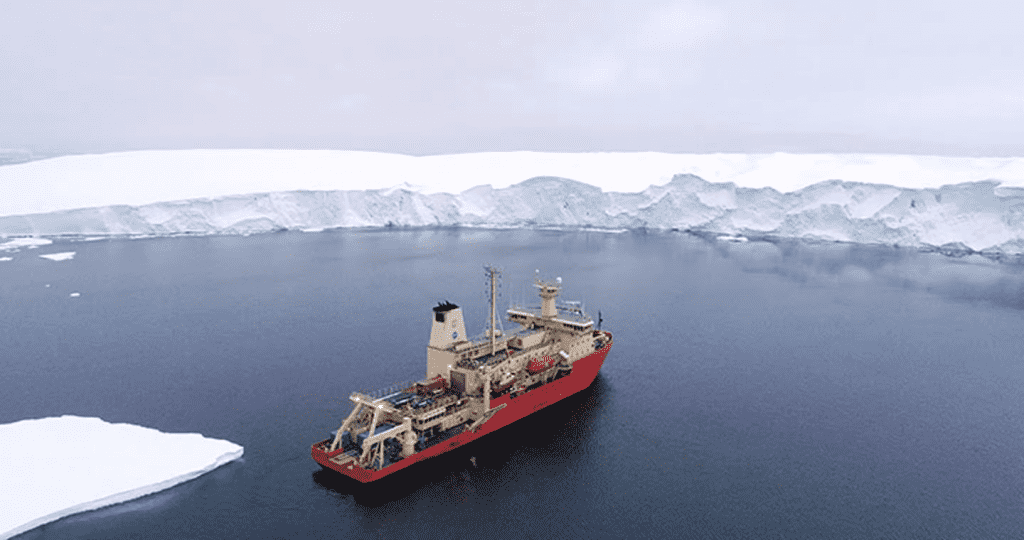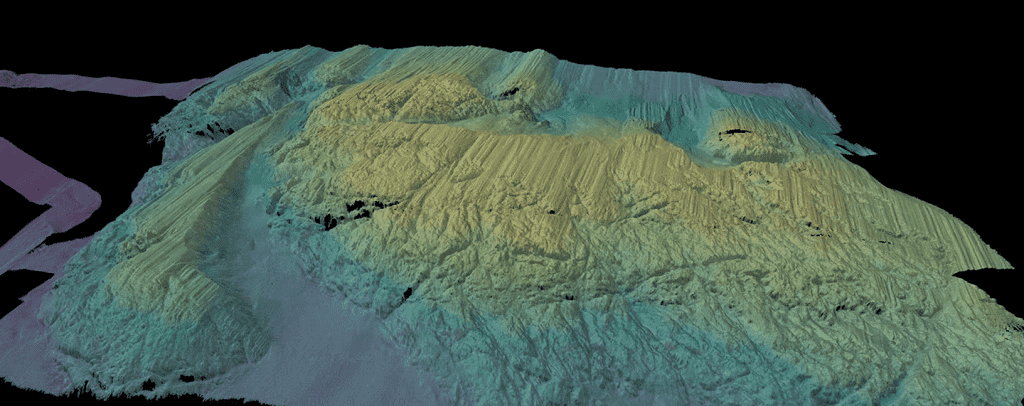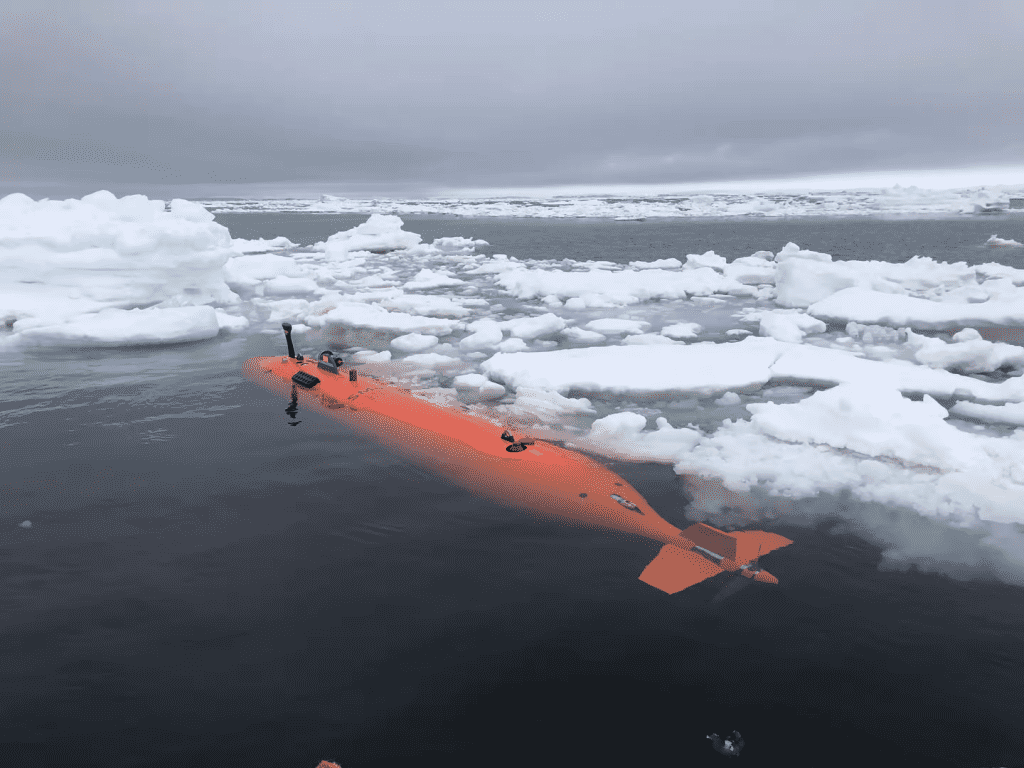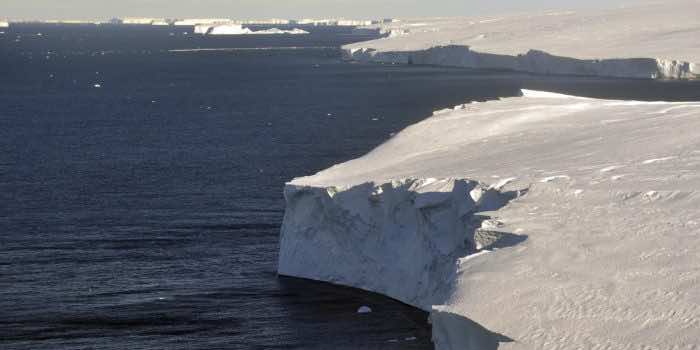It goes without saying that climate change is adversely affecting glaciers across the world. Considering this, scientists have embarked on a journey to unveil the possible details of the Thwaites Glacier, also known as the “Doomsday Glacier,” in West Antarctica. For this, they have brought an advanced robotic submarine into action and deployed it into the sea. This robotic submarine came up with fascinating imagery of the seafloor, which demonstrates that the Thwaites Glacier is in a risky state due to its increased melting rate. In addition to this, the researchers have revealed that the glacier has been retreating rapidly for the past many years and will further deteriorate if such climatic conditions continue to exist. However, the research study has been published in the journal Nature Geoscience.

This would ultimately cause an increase in global sea levels. Moreover, the glacier is so enormous that it can cover the whole of Florida and in the past 30 years, its melting rate is continuously increasing. According to some studies, the time is not far when the glacier will collapse completely, contributing to massive destruction. However, the marine geophysicists at the University of South Florida said that the melting rate could be much faster than what we are predicting today. Similarly, an advanced underwater robot integrated with contemporary imaging sensors was deployed in the sea in 2019 in order to measure the area occupied by this glacier and map the surroundings as well.

This 20-hour-long mission allowed the scientists to discover some insightful details regarding the seafloor and analyze the remaining parts of the area surrounding the glacier as well, for the first time ever. Another research has been done on the same purpose in 2020 in which scientists deployed a robotic sub to examine and scan the grounding line of Thwaite’s glacier. In this research, the stability of the glacier has also been assessed.

However, the current research work focuses on exploring the geographical details of the glacier’s grounding line along with the impact of shifting tides on the movement of the glacier as well. The lead researcher of the study, Alastair Graham, said, “It’s as if you are looking at a tide gauge on the seafloor. It really blows my mind how beautiful the data are.” The study findings reveal that the glacier has melted at a rate of about 2.1 km (1.3 miles) in the time span of about five or six months. However, this retreat rate measured by the satellites between 2011 and 2019 is twice less than what it is actually today.
According to marine geophysicist and study co-author, Robert Larter, from the British Antarctic Survey, “Thwaites is really holding on today by its fingernails, and we should expect to see big changes over small timescales in the future – even from one year to the next – once the glacier retreats beyond a shallow ridge in its bed.”


